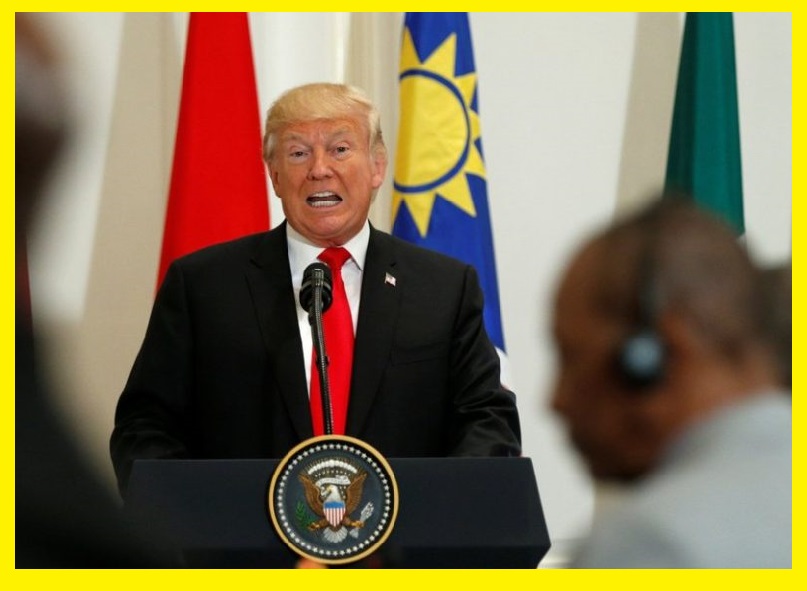FaceToFace TV | International News | Middle East Tensions
The United States government has entered a state of high alert following its recent airstrikes on Iran’s major nuclear facilities — Fordo, Natanz, and Isfahan — as officials brace for a possible wave of retaliation from Tehran or its allied militias.
According to senior officials from the Pentagon and the White House, the next 48 hours are being treated as a “particularly concerning window”, as intelligence reports point to potential threats against U.S. military bases, diplomatic outposts, or even homeland targets.
A senior U.S. defense official told NBC News that while no confirmed retaliation has yet occurred, the intelligence community has picked up “chatter” between Iran’s Revolutionary Guard Corps and its network of regional proxies in Iraq, Syria, Lebanon, and Yemen.
“It’s a tense and unpredictable window… We’re watching for signs of retaliatory movement,” the official said.
“It’s not clear whether it will come through direct missile strikes, cyberattacks, or proxy action.”
Officials revealed that pre-approved Iranian contingency plans already exist to attack U.S. military bases and diplomatic installations across the Middle East — particularly in Iraq, Kuwait, Syria, and the Gulf region. Though these plans have long been known, there is now growing concern that Iran could activate them in response to the U.S. precision campaign.
American embassies, consulates, and forward operating bases across the region have heightened their alert status. Meanwhile, internal security has also been increased across U.S. military command centers and embassies.
Tensions escalated dramatically after the U.S. carried out overnight airstrikes on Iran’s nuclear infrastructure. President Donald Trump personally announced the operation from the White House early Sunday, calling it a “precision campaign” and part of America’s “peace through strength” doctrine.
He also issued a stern warning to Tehran:
“Any attack on American lives or property will be met with overwhelming force.”
While the immediate flashpoints are in the Middle East, the potential fallout could have global implications — from surging oil prices to disruptions in global shipping lanes and renewed geopolitical divisions among world powers.
This brewing crisis could also test U.S. alliances, Iran’s regional influence, and the credibility of global diplomacy at large.
The situation is unfolding rapidly. With the world watching and military forces on edge, all eyes are on Iran’s next move — and whether diplomacy can catch up with deterrence before the region spirals into wider conflict.
Stay tuned to FaceToFace TV for accurate, real-time coverage on this developing international flashpoint.
#FaceToFaceTV #USIranConflict #MiddleEastTension #IranRetaliation #PentagonAlert #IranNuclearSites #USAirstrikes #FordowNatanzIsfahan #DonaldTrump #PeaceThroughStrength #MilitaryAlertMiddleEast #Geopolitics2025 #BreakingNews


